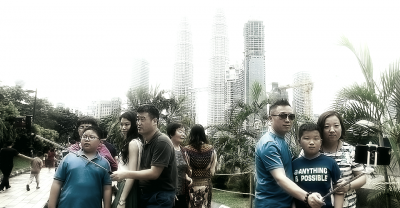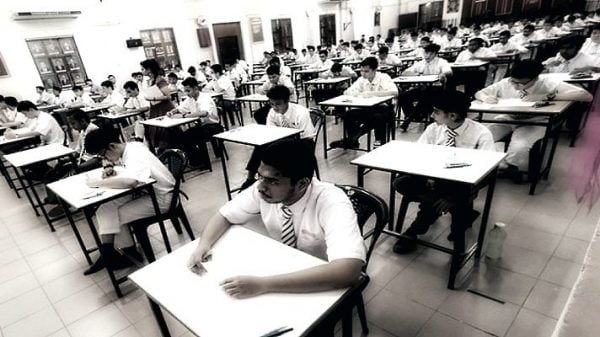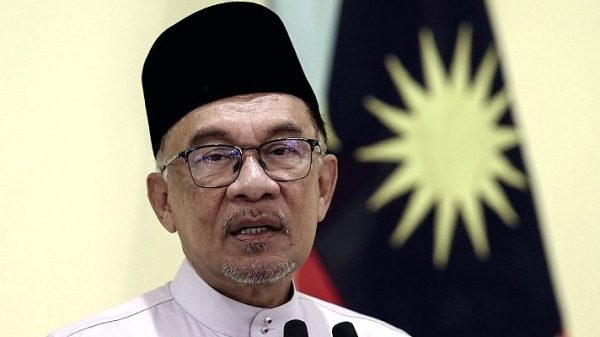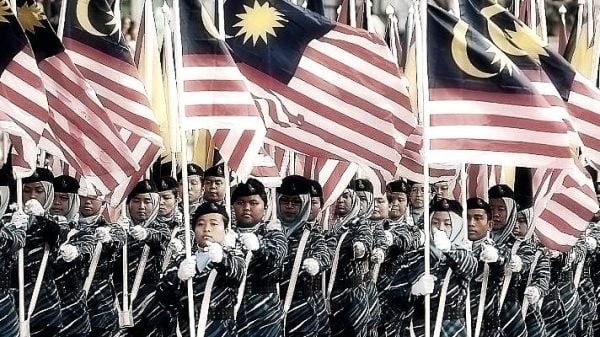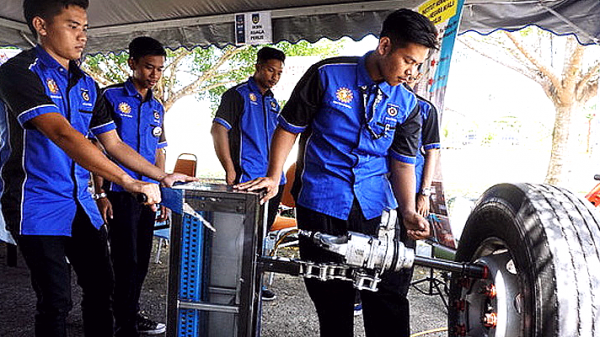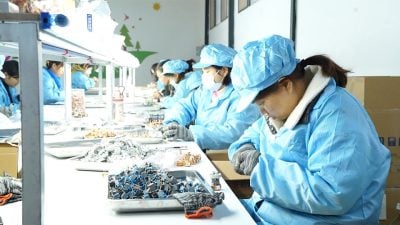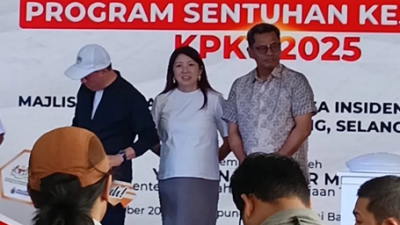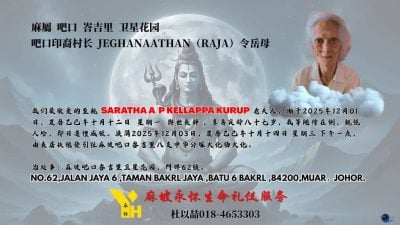Recently, the Minister of Local Government Development, Mr Nga Kor Ming announced that 76 air-conditioned buses will be provided this year to serve passengers free of charge within an area of 150 square kilometers in the Federal Territory of Kuala Lumpur.
The concept of providing free bus services in central areas of large cities emerged in countries such as Australia many years ago with an objective which is simple and clear.
The purpose is to save energy and reduce carbon emissions to protect the environment, reduce traffic congestion in general and in particular the downtown area, and improve the physical and mental health of citizens.
Indeed, the city of Kuala Lumpur and even the entire Klang Valley have suffered from traffic congestion for a long time.
Taking this opportunity, I would like to offer some basic suggestions for improving the traffic with my background as an urban planner.
Origins of traffic congestion
The provision of free bus support for the Federal Territory of Kuala Lumpur, the key constituent of Klang Valley, is undeniably a good start to promote the overall public transport services.
The Federal Territory has a population of about 2 million covering an area of 243 square kilometers, which is a quarter of Klang Valley’s population of 8 million and 8.6% of Klang Valley’s area of 2,840 square kilometers.
As the commercial and financial hub of Klang Valley, the Federal Territory not only controls largely many operations in Klang Valley, but their linkages are also functionally and organically inseparable.
The root cause of traffic congestion in Kuala Lumpur Municipal Area comes from many sources.
Over the past 40 years, the population of Klang Valley has increased from 970,000 in 1980 to 8 million today. Rapid urbanization and rapid population growth are naturally one of the main reasons.
Even then, if land use planning is properly done and the government has given careful and serious consideration to public transport, the traffic situation today would not have been this bad.
In retrospect, we have to acknowledge that for at least 30 years from the 1980s, the Malaysian government had accumulated a good source of wealth thanks to a sustained industrial growth and international trade as well as revenues accrued from rising oil and natural gas prices.
In that sense, there were plenty of opportunities to go for a large-scale development of rail- and road-based public transport infrastructure.
However, the pathway chosen by the Federal Government and the Kuala Lumpur Municipality at that time was different. With regards to this pathway, we can briefly list out a few features.
First, it was the National Car Plan launched more than 30 years ago. Under this plan, the transport strategy in Klang Valley was focused on the development of highway network.
It is estimated that as of April 2017, a total of 57 sections of highways had been built throughout Klang Valley.
Within the Federal Territory, the planning authority is primarily the Dewan Bandaraya Kuala Lumpur while those lying within the Selangor state falls mainly under the Ministry of Public Works (JKR).
However, for over three decades, those offered highway contracts or sub-contracts were largely companies with strong political links, and they all shared big or small pieces of the “golden egg.”
Given the high costs and high profit margins of highway construction, the political-business coalition and networking would most likely determine who should get what. Thus, it is not surprising if there were sections of highway and interchanges which were built unnecessarily.
Some people may ask, isn’t it good to have more highways which could facilitate smooth driving? There are nevertheless disadvantages if highways are overly provided.
In the Malaysian political context, the most significant shortcoming could have been the hindrance that makes a comprehensive and well-coordinated transportation planning in Klang Valley virtually impossible.
Political-cum-business stakeholders might use their influence to seek each a contract to build a section of highway, while the top decision-makers might have to comply and give up the overall planning, if any, for not losing support.
In financial terms, one has to realize that the implementation funds of the overall transport plan come from the same resource budget. This means when more money is used for highway construction, there is less for public transport.
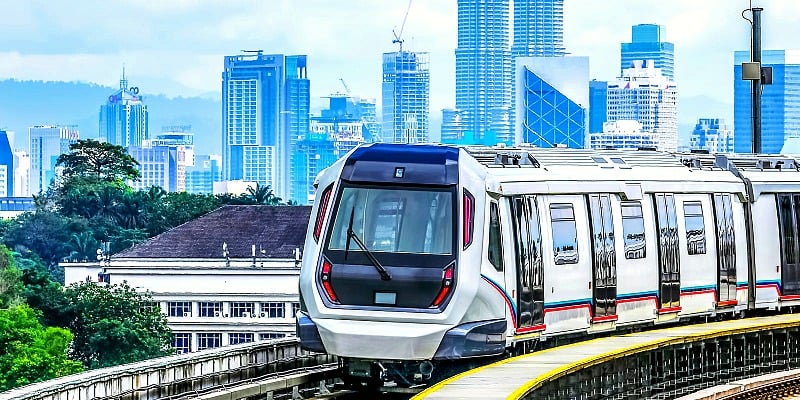
Public transport within Greater Kuala Lumpur includes railway and rail-based MRT and public buses, etc., which are subsidized by the government. Private companies generally have little interest in them unless they get some financial support.
Currently, commuters have to drive to work because feeder buses from housing estates to MRT, railway and bus stations are virtually non-existent.
Driving from one’s housing estate to the city area is another odd daily experience.
Commuting from highway towards downtown Kuala Lumpur, drivers have to face mostly narrow streets built many decades ago which are a tight bottleneck. The width of these streets has remained unchanged for decades.
The most common approach that the municipal government has taken is to change them into one-way streets, but congestion is still serious.
Second, the internal road pattern of the popular “taman” residential estates scattered all around Klang Valley has remained unchanged over half a century.
These “garden-style” residential areas normally comprise of double-storey buildings with detached, semi-detached, terraced houses and some shops.
Except for some reserved greenery and other public areas, the width of the access road is only enough for sedan cars to go through. There is no consideration for a wider access road from the main road towards its central place to allow ordinary bus access and a bus stop.
Until now, the government authorities have not taken public transport seriously, nor have they envisaged the need to link public transport with housing estates.
Developers are happy for not having to vacate land space for buses to enter and exit.
Over the past 30 years, many MRT lines have been added to the Greater Kuala Lumpur area. However, for residents who live far from the rail-based stations, there is a pitiful shortage of public buses connecting residential areas to these stations.
Under such circumstances, even if people want to commute by rail transport, they still have to drive, making themselves victims of the “car dependence syndrome.”
Recommendations
In sum, in order to promote environmental protection and reduce traffic congestion in the Klang Valley, in particular the city area of Kuala Lumpur, we feel the urgent need to put forward the following suggestions:
1. Carefully and professionally assess the genuine demand in highway construction. Through mandatory and transparent open bidding, Malaysians will benefit from waste savings of public resources in the future.
2. Add more MRT lines and stations, with priority given to densely populated residential areas and places with high levels of traffic flow resulting from high demand in office work, business activities and shopping.
3. In downtown Kuala Lumpur and other busy commercial areas in Klang Valley, where there are old narrow roads, the roads must be widened and to accommodate a wider sidewalk during redevelopment.
In case of redevelopment, the government approving authority should keep the plot ratio computed based on the original land area of the developer.
This will be an incentive to the developer who does not lose out in total buildable floor areas after handing over part of his land for road widening and sidewalks.
4. In new residential development areas, where land is large enough, it must be stipulated that an acceptable wide access road be provided to allow buses to enter their central place near the shopping area. Buses can travel from there to MRT stations and elsewhere.
5. Select appropriate sections along the main roads, add bus-only lanes and stipulate that buses can be used during rush hours.
(Wong Tai-Chee has his B.A and M.A degrees in Urban and Regional Planning from the University of Paris, and earned his PhD in Human Geography from the Australian National University. After teaching 20 years in Nanyang Technological University, Singapore, he retired in 2013. He then worked as Distinguished Professor for two years at Guizhou University of Finance and Economics, China, and as Dean and Professor at the Southern University College, Johor until the end of 2018. He was Visiting Professor to University of Paris (Sorbonne IV), Visiting Fellow to Pekin University, Tokyo University and University of Western Australia. His main research interests are in urban and economic issues, and more recently on Malaysian politics. Besides his 15 self-authored and edited book volumes, he has written over 100 academic articles and published widely in international journals.)
ADVERTISEMENT
ADVERTISEMENT






